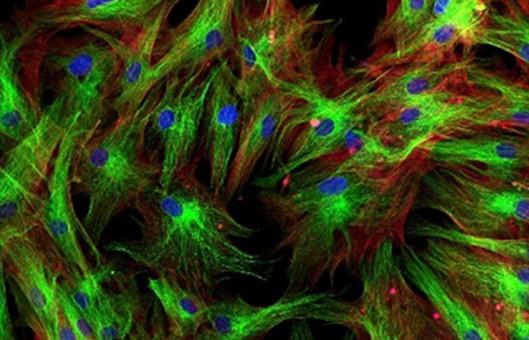Erythrocyte C3b Receptor Wreath Test Protocol
GUIDELINE
Recent studies have shown that erythrocytes are also a class of immune cells. The immune function of erythrocytes is mainly based on the immune-adhesin of molecules on the surface of their membranes (e.g., CR1, CR3, CD58, CD59, DAF, SOD enzyme, etc.), which play the role of "scavengers" to remove the garbage in the body. This experiment introduces the erythrocyte C3b receptor wreath and immune complex wreath test.
METHODS
- Take two small test tubes, add 100 μl of erythrocyte suspension to be tested to each tube, add 100 μl of complement-sensitized yeast suspension to the first tube, add 100 μl of unsensitized yeast suspension to the second tube, shake well, and put in a 37°C water bath for 30 min.
- Take out and shake gently with the wrist, add 200 μl of saline.
- After mixing, add 0.25% glutaraldehyde 75 μl and mix gently.
- Take 1/3 amount of horizontal smear, blow dry, and fix with methanol respectively.
- Stained with the Ricci method and counted under an oil microscope. After staining the smear, RBC is red and yeast is blue.
Creative Bioarray Relevant Recommendations
- Erythrocytes, red blood cells (RBC), are the functional components of blood responsible for the transportation of gases and nutrients throughout the human body. Creative Bioarray provides high-quality Bovine Red Blood Cells, Chicken Red Blood Cells, Dog Red Blood Cells, Horse Red Blood Cells, Mouse Red Blood Cells, Rabbit Red Blood Cells, Rat Red Blood Cells, Pig Red Blood Cells, Goat Red Blood Cells, and others.
NOTES
- Yeast should be dispersed not self-condensing. For this step, it needs to be well-blown and dispersed.
- Prevent the destruction of red blood cells in the water bath.
- The cell count should be accurate and the ratio of erythrocytes to yeast should be appropriate.



